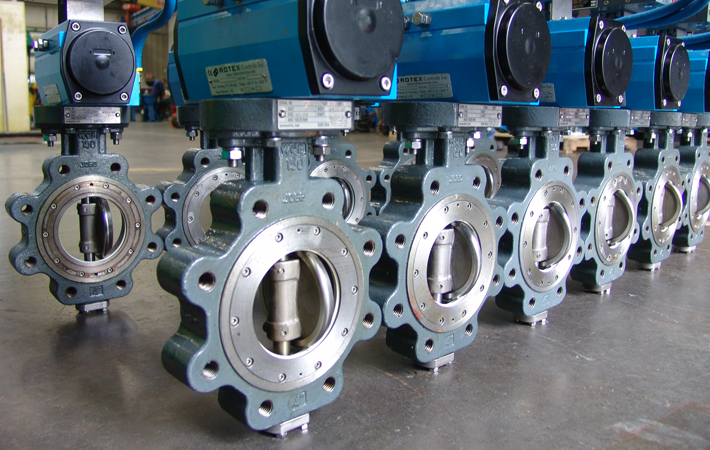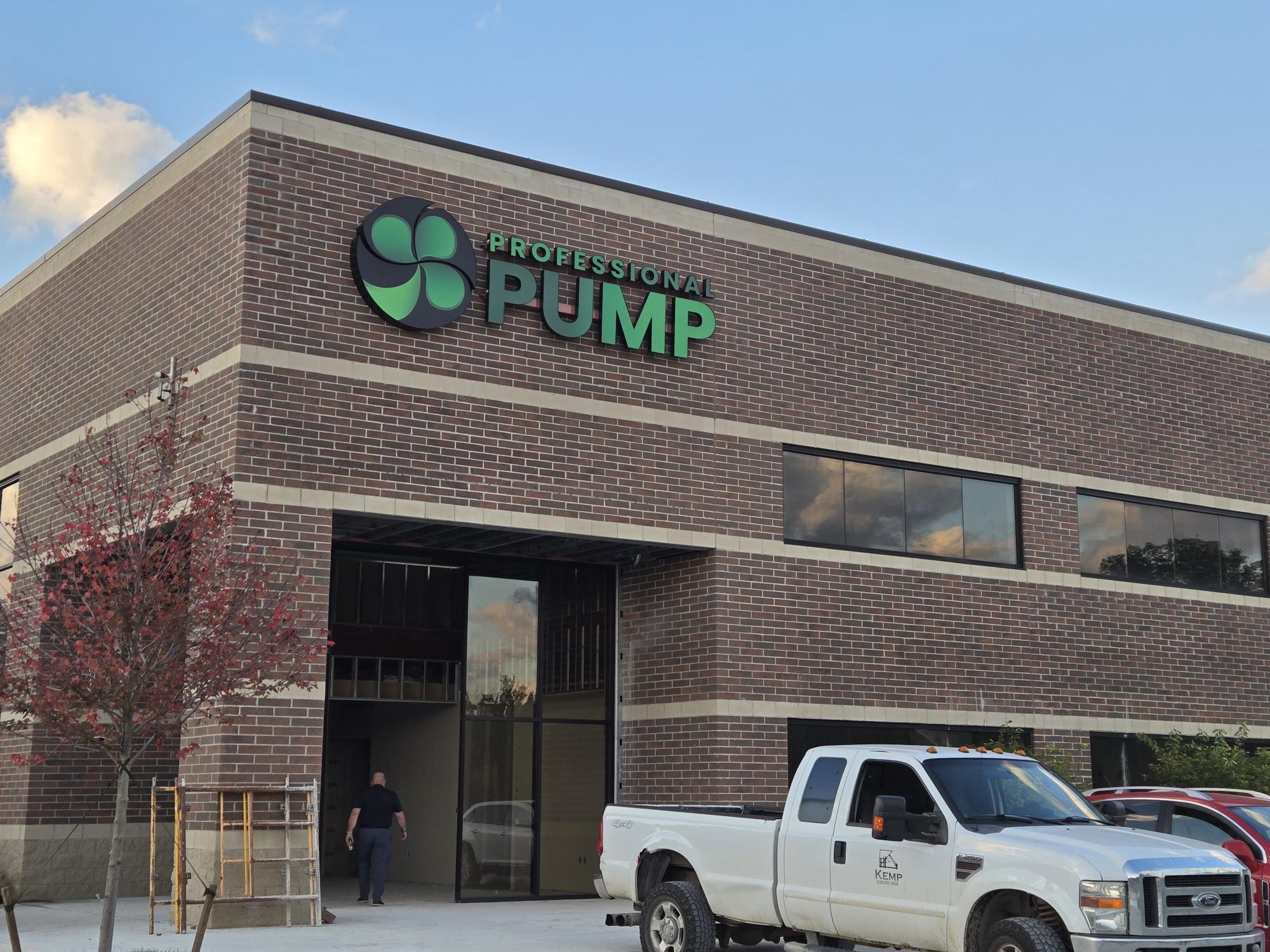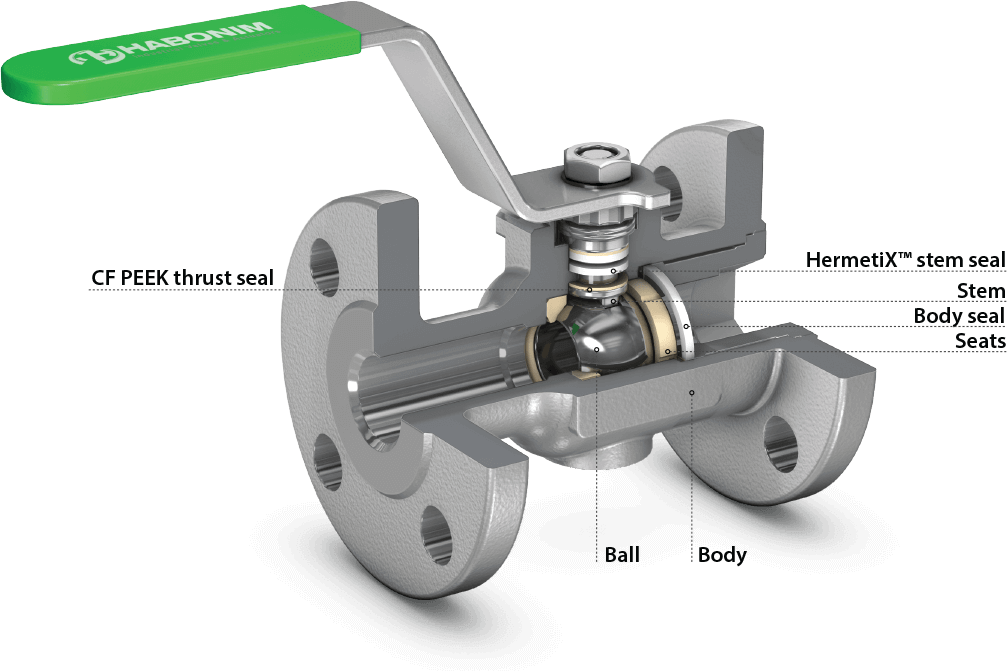Water hammer is one of the most disruptive and expensive problems in industrial fluid systems—yet it’s also one of the most preventable. At...
Internal Gear Pumps Explained: When and Why They’re the Right Choice

Choosing the right gear pump for your application can be challenging given the wide range of options available. Key factors include handling fluid viscosity, and generating the appropriate flow and pressure.
Here, we explore the characteristics and functionality of internal gear pumps to help you determine if they are suitable for your needs.
Overview of Internal Gear Pumps
Internal gear pumps are positive displacement pumps known for their versatility. They can handle fluids with varying viscosities and temperatures. These pumps use two rotating gears: a larger rotor gear on the outside and a smaller idler gear inside it.
How Internal Gear Pumps Operate
 As the rotor (outer) gear rotates, it drives the idler (inner) gear. This movement creates a low-pressure zone as the idler gear moves away from the rotor, drawing liquid into the pump. The fluid is then carried through the casing to the discharge side, where the meshing gears push it out.
As the rotor (outer) gear rotates, it drives the idler (inner) gear. This movement creates a low-pressure zone as the idler gear moves away from the rotor, drawing liquid into the pump. The fluid is then carried through the casing to the discharge side, where the meshing gears push it out.
Maintaining proper gear clearance is crucial for pump efficiency and longevity. Excessive clearance can reduce efficiency, while too-tight clearance due to thermal expansion can cause gear contact, leading to damage or failure.
Unlike centrifugal pumps, which can cavitate when discharge lines are blocked, internal gear pumps continue to generate flow and build pressure until it is relieved. This can result in pump failure and expensive repairs if not managed properly.
To prevent such issues, internal gear pumps are often equipped with internal or external relief valves. These valves redirect flow when discharge pressure becomes too high, helping to avoid catastrophic failures.
Best Applications for Internal Gear Pumps:
Internal gear pumps are ideal for high viscosity fluids. This is just a brief list of applications where internal gear pumps can be used:
- Food & Dairy products (corn syrup, oils, nut butter, chocolate)
- Personal care (pastes, creams, soaps)
- Oils and lubricants
- Paints, pigments, and ink
- Internal gear pumps are also great for applications where low NPSH is required. With only two moving parts, they’re considered low maintenance.
When shouldn’t you use a gear pump?
While gear pumps are versatile, they aren't suitable for every application. Internal gear pumps are not well-suited for handling large solids. Due to their tight tolerances, these pumps are prone to damage from larger particles. While they can manage some small, suspended solids in abrasive fluids, this can lead to increased wear and reduced performance over time.
Additionally, internal gear pumps may become less efficient with lower fluid viscosities. When dealing with low-viscosity fluids and high discharge pressures, the fluid can "slip" through the pump's machined clearances, causing it to recirculate from the discharge side back to the suction side.
This product slip generally affects efficiency but can pose significant issues with materials that harden upon standing, such as chocolate and adhesives. In such cases, it may necessitate a suckback to address the problem.
Expert Assistance
If you think a gear pump could be beneficial for your application, reach out to us for assistance. We offer gear pumps from top manufacturers like Gorman Rupp and provide expert advice, sizing, selection, and precision repairs to ensure optimal performance. Professional Pump, located in Belleville, Michigan, is equipped to service and repair all makes and models of pumps, valves, and fluid handling systems in the industry. We serve businesses located throughout Michigan and NW Ohio.




